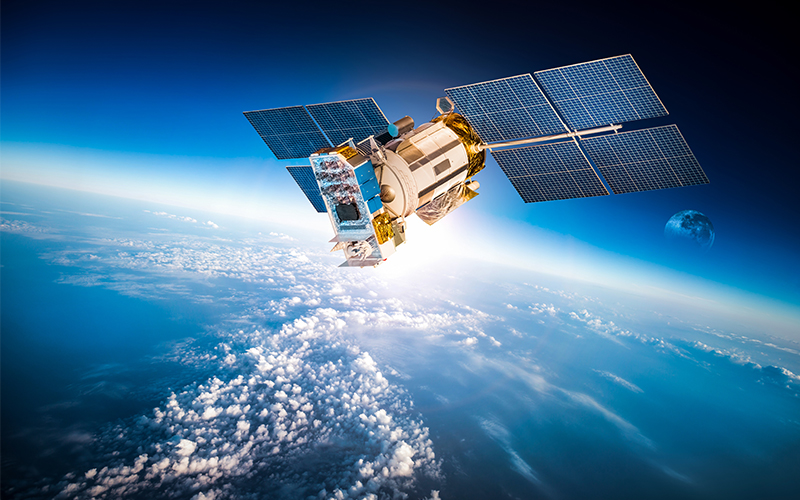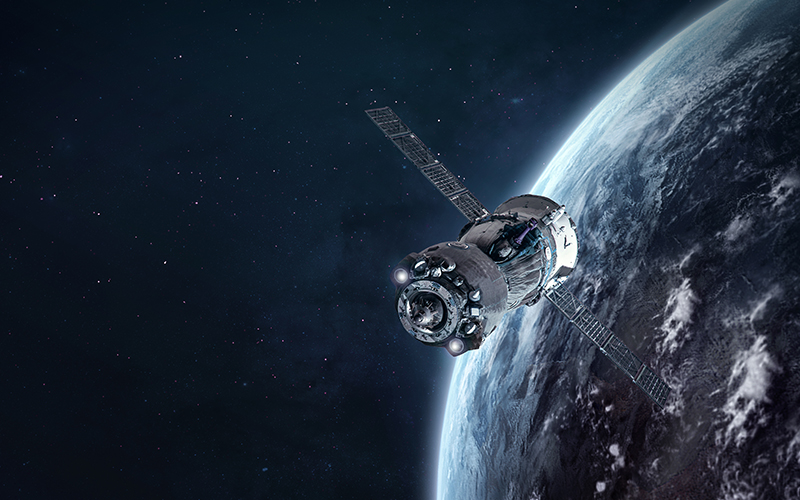Geospatial Data Services
Factors driving big data convergence in GIS
A decade ago, McKinsey had endorsed geospatial data and big data analysis as the ‘next frontier’ in tech innovation and for a good reason. Traditional GIS software was limited because it didn’t have versatile data forms, large-scale parallel processing, computing capacity, or dynamic visualisation.
The stellar rise of the convergence of GIS and big data analytics is not surprising at all, given the massive range of applications and the infinite potential this union possesses. Geospatial big data analysis has already helped several businesses and governments to find trends and correlations that can help them resolve existing challenges and make better decisions and informed choices about their future strategies.*
Here’s looking at some of the driving forces behind big data in GIS and how businesses across multiple domains use it for quicker problem-solving and better decision-making.
Big data usage in GIS
The core structure of big data and GIS technologies is built around the following blocks:
- Spatial big data storage (via engines)
- Big data analysis
- Real-time streaming data process
- Big data visualisation
- Software, application, or platform development
- Industry applications
With a data-solutions-integration approach to GIS, the future of geospatial intelligence lies in ensuring efficient automation that helps achieve lower IT costs, promises better availability of resources, and drives smart decision-making.
Marketing is getting smarter by the day
The world of marketing is perhaps the biggest avenue for the widespread usage of geospatial data analytics. Today, brands and businesses are using activity trackers and location services to collect important data unique to their target groups. This, in turn, has enabled them to analyse data using artificial intelligence (AI), predictive analytics, statistical modelling, natural language processing (NLP), and machine learning (ML) to understand consumer behaviour, buying patterns, and more. The use of big data in GIS is a boon for marketers because it allows them to tailor their strategies according to their customers’ demand and provide helpful product and service recommendations to them.
From telecom to healthcare, spatial big data is applicable everywhere
Whether you want to look at the traveler history to find out how the novel coronavirus was spreading and turning new regions into COVID-19 hotspots, control traffic better through real-time traffic density analysis, use cluster analysis to figure out where the taxi stand should be located with respect to an airport, or virtually anything else related to infrastructure development, you can turn to big data–enabled GIS. With on-the-fly intelligent visualisation modelling and 3D data rendering options, the usage of geospatial data analytics is not limited to data collection and analysis either.
IoT and sensor technologies are fueling this growth
Traditional GIS could consider only static, structured datasets and could not handle complex data. Modern-day GIS relies on the availability of on-demand spatiotemporal data observations and information to overcome this challenge. Via video feeds, a variety of remote sensor devices, and the confluence of technologies aided by the internet of things (IoT), there are many more data sources available today. Such integrated technologies and geospatial data services help in capturing high-velocity data and providing unprecedented access to information.
How can Infosys BPM help?
Our team at Infosys BPM is highly skilled and experienced with expertise in geospatial technology. With a range of GIS solutions, we have successfully served clients across industry segments like Telecom, Mining, Transport, Utility, and more through the Infosys Global Delivery Model. This geospatial data framework operates on a co-creation model. It enables us to deliver the entire portfolio of big data GIS services, including mapping, collection, gathering, storage, processing, integrating, management, analysis, and map data distribution. Discover the range of geospatial data services that Infosys BPM offers to different core industries across the globe.
Our focus is on delivering project-ready GIS to cater to volatile demand surges while ensuring that your routine challenges like provisioning, outage, disaster, data quality, and field/fleet operations are addressed.
Are you ready to explore the potential of big data-enabled next-generation GIS? Learn more about our offerings in this space.
*For organisations on the digital transformation journey, agility is key in responding to a rapidly changing technology and business landscape. Now more than ever, it is crucial to deliver and exceed on organisational expectations with a robust digital mindset backed by innovation. Enabling businesses to sense, learn, respond, and evolve like a living organism, will be imperative for business excellence going forward. A comprehensive yet modular suite of services is doing exactly that. Equipping organisations with intuitive decision-making automatically at scale, actionable insights based on real-time solutions, anytime/anywhere experience, and in-depth data visibility across functions leading to hyper-productivity, Live Enterprise is building connected organisations that are innovating collaboratively for the future.






